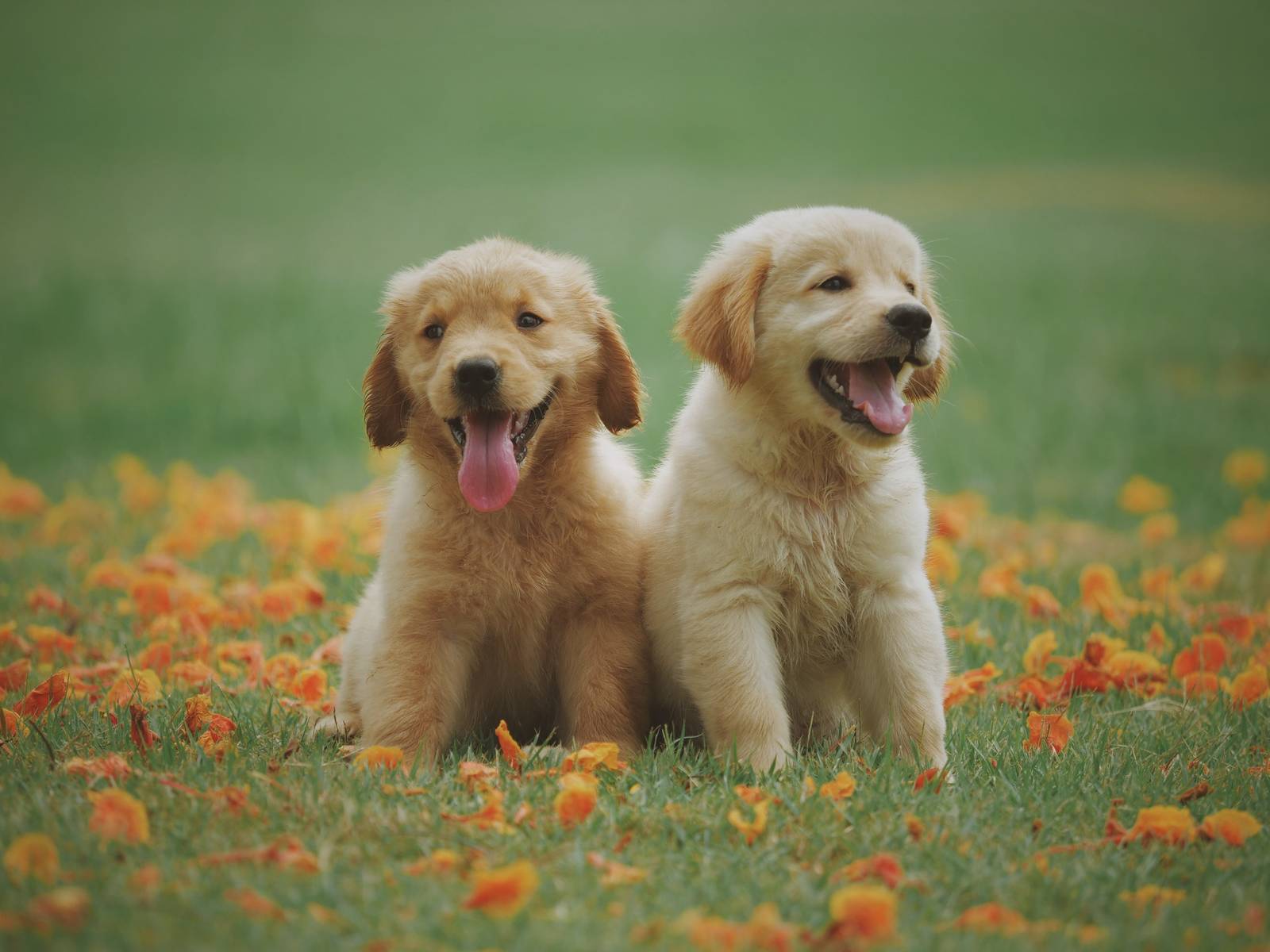What is Aperture Priority Mode
Aperture is one of three key exposure settings; two others are ISO and shutter speed.

Aperture priority mode explained
In order to get an ideal, artistically and technically impeccable photo, you have to balance all three factors, keeping in mind that they are closely connected.
For example, ISO means the light sensitivity of the camera, while aperture defines how much light is let in and reaches the sensor. The shutter speed, meanwhile, decides on how long the sensor will be exposed to the light flow. So if you increase one of them, you should decrease and adjust others, otherwise, your picture will be overexposed.

Modern DSLR cameras usually have a semi-manual aperture priority mode, which helps save time and enhance photography quality greatly.
How to use aperture priority mode
Using a manual mode, you have to set up all the parameters before taking each photo.
Automatic mode adjusts all three parameters by itself, but it doesn’t consider your creativity, and the output may differ a lot from the one you’ve envisaged.
Using an aperture priority mode, you have to set an aperture only, and the shutter speed will be adjusted. As for ISO, as lighting is unlikely to change greatly during one shooting session, you can set it in prior or even hit the Auto mode and forget about it happily.
Advantages of aperture priority mode include the following:
- Speed. You can take various photos without long setting up.
- Easy depth of field adjustment. This parameter depends on the aperture, hence changing it you can quickly set the DoF you need.
- Quality. The picture is not likely to be over- or underexposed and you may easily fulfill your creative ideas.
Even experienced photographers have no scruples about using aperture priority mode, as it really helps a lot. It’s a great choice for shooting static objects, such as portraits, landscapes, and cityscapes.

On the other hand, if the lighting is poor, it may be better to switch to the shutter priority mode. Also, there are photo genres which demand extremely slow exposure, 30 seconds and more, such as Bulb mode and others. Last case – sports events or moving objects, where shutter speed is the key.

Overall, we would say, aperture priority speed comes in handy in 90% of cases, and even if you under- or overexpose your photo, you can always fix it with the help of post-shooting editing.



